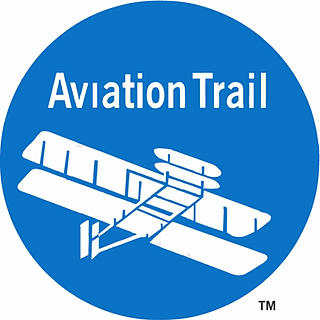Pollinator Expo and Food Truck Rally
- Aviation Trail
- Jun 5, 2018
- 2 min read
Wednesday, June 20, 2018
Wright Brothers Memorial, Wright-Patterson Air Force Base

What is a Pollinator?
A pollinator is anything that helps carry pollen from the male part of the flower (stamen) to the female part of the same or another flower (stigma). The movement of pollen must occur for the the plant to become fertilized and produce fruits, seeds,and young plants. Some plants are self-pollinating, while others may be fertilized by pollen carried by wind or water. Still other flowers are pollinated by insects and animals, such as bees, wasps, moths, butterflies, birds, flies and small mammals, including bats.
Insects and other animals such as bats, beetles and flies visit flowers in search of food, shelter, nest-building materials, and sometimes even mates. Some pollinators, including many bee species, intentionally collect pollen. Others, such as many butterflies, birds and bats move pollen accidentally. Pollen sticks on their bodies while they are drinking or feeding on nectar in the flower blooms and is transported unknowingly from flower to flower resulting in pollination.
Life, as we know it, depends on...Pollinators
More than 75 percent of the earth's flowering plants depend on bees, butterflies, birds, bats, and other pollinators. Yet scientists have noted that these hardworking insects and other animals are in trouble. Our own well-being and the welfare of our planet rests upon their wings.
Why are Pollinators Important?
Do you like to eat? One out of every three bites of food you eat exists because of the efforts of pollinators, including many fruits, vegetables, and seeds. Pollinators not only are necessary for our own food, but support the food and habitat of animals.
Do you like clean air? Healthy ecosystems depend on pollinators. At least 75 percent of all the flowering plants on earth are pollinated by insects and animals! This amounts to more than 1,200 food crops and 180,000 different types of plants-plants which help stabilize our soils, clean our air, supply oxygen, and support wildlife.
Do you want a healthy economy? In the United States alone, pollination by honey bees contributed to over $19 billion worth of crops in 2010, while pollination by other insect pollinators contributed to nearly $10 billion worth of crops.







Comments